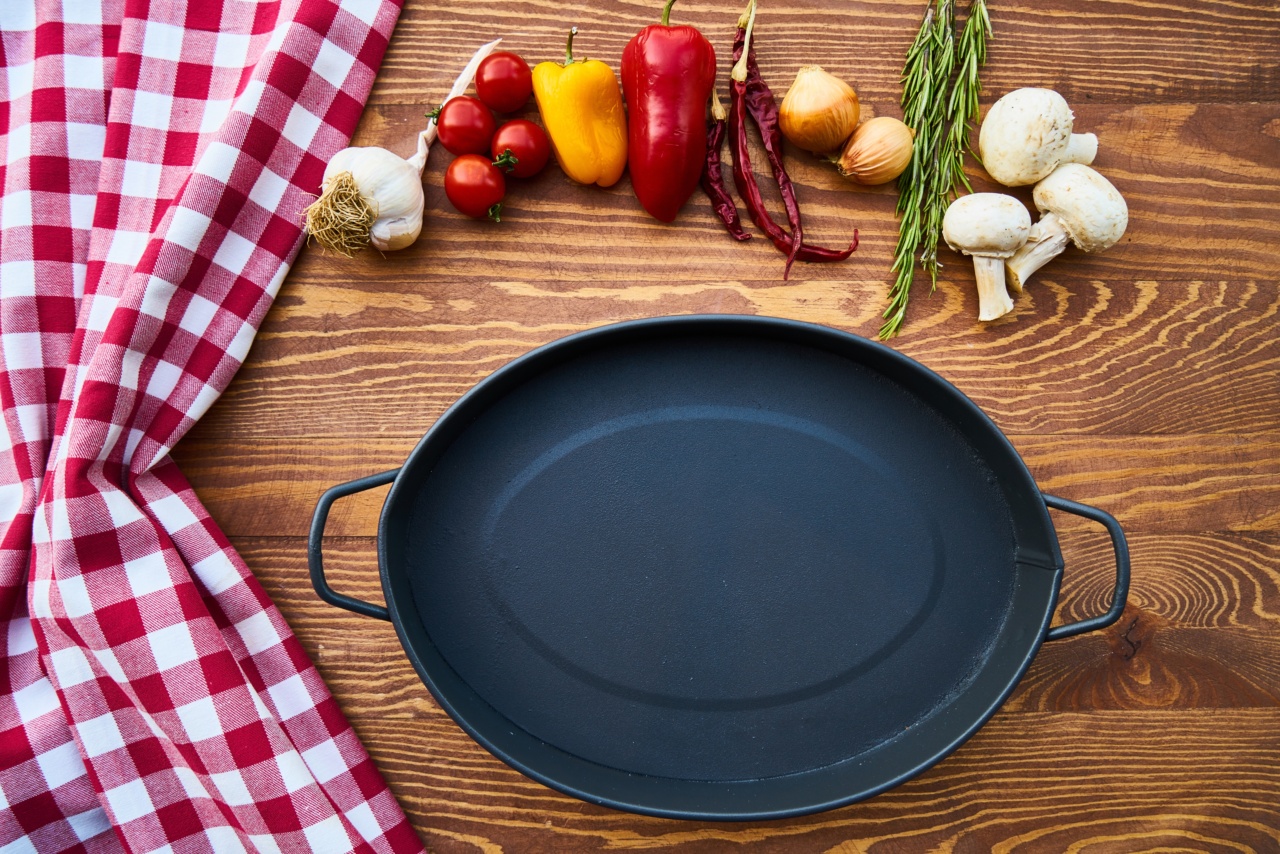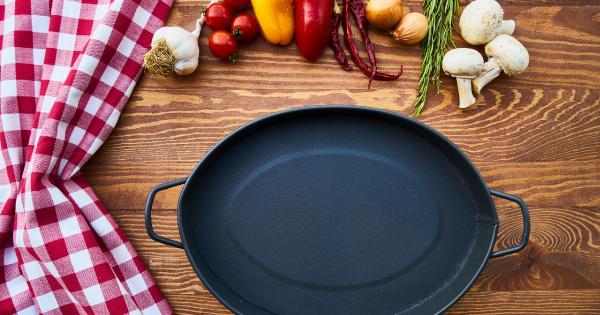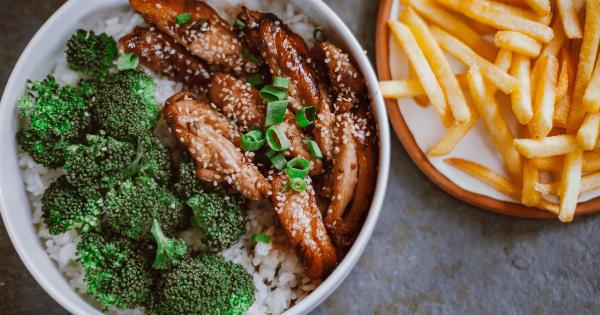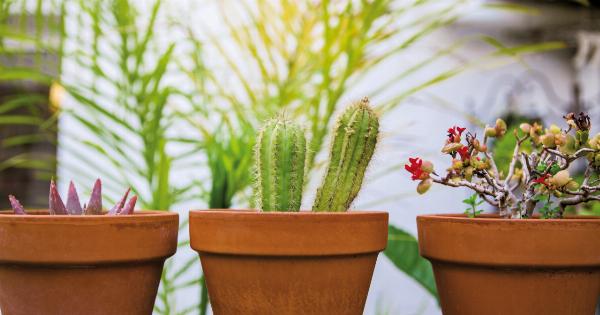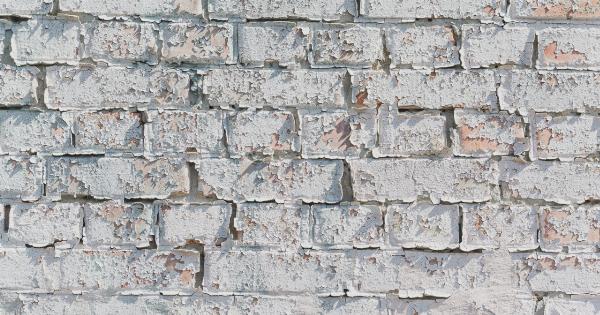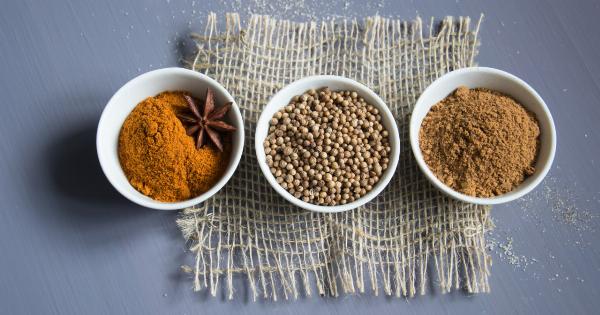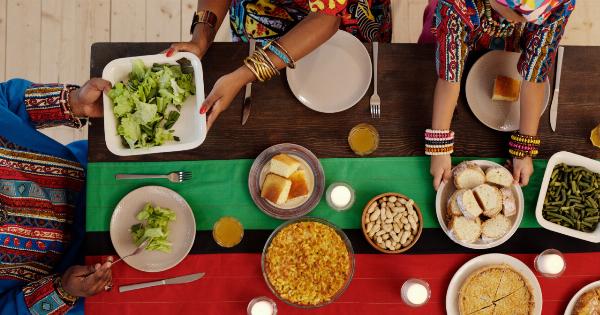Cast iron cookware has been a staple in the kitchen for generations. Its durability, heat retention, and even heat distribution make it a favorite among chefs and home cooks alike.
However, there are certain foods that are not suited for cooking in cast iron pans. Whether it’s due to their high acidity, delicate textures, or potential for damaging the seasoning, some dishes are better left for other types of cookware.
In this comprehensive list, we will explore what not to cook in cast iron, helping you make the most out of your beloved skillet or Dutch oven.
Foods with High Acidity
Acidic ingredients, such as tomatoes, citrus fruits, and vinegar, can react with the iron in a cast iron pan, resulting in a metallic taste and potentially damaging the seasoning.
While a well-seasoned cast iron pan can handle occasional use with acidic foods, it’s best to avoid prolonged exposure or cooking highly acidic dishes for extended periods.
Delicate Fish and Seafood
While cast iron is fantastic for searing and frying fish, delicate varieties like flaky white fish or seafood with sensitive textures may not hold up well in a cast iron pan.
The high heat retention of cast iron can easily cause delicate seafood to become overcooked or stick to the surface, making it challenging to achieve that perfect flakey texture.
Eggs and Sticky Foods
When it comes to cooking eggs, cast iron pans can be a bit tricky. Unless your cast iron cookware has developed a significant non-stick patina, eggs tend to stick to the surface, leading to frustration and potential damage to the seasoning.
Similarly, sticky dishes like caramel or foods with a high sugar content, like certain sauces or glazes, may stick to the pan, making cleanup a hassle.
Delicate Sauces and Custards
Cast iron pans are excellent for simmering sauces, but delicate recipes that require precise temperature control may not be the best fit.
Cast iron’s excellent heat retention properties make it difficult to quickly cool down and adjust temperatures, which can lead to scrumptious sauces turning into thick, grainy messes. Delicate custards and recipes requiring gentle heat are better suited to other cookware options.
Quick-Cooking Foods
While cast iron pans are ideal for dishes that require longer cooking times or slow braising, they may not be the best choice for quick-cooking meals.
The heavyweight of cast iron, combined with its slower heat distribution qualities, means that it takes more time for the pan to reach the desired temperature. This can result in unevenly cooked or scorched foods when quick searing or sautéing.
Spicy Foods
If you love preparing extra spicy dishes, you might want to think twice before using your cast iron cookware.
Spices like chili powder, paprika, or cayenne can leave a lasting mark and flavor profile on your cast iron pan, potentially affecting the taste of other dishes cooked in it. If you still choose to cook spicy foods, be prepared for a lingering heat that may not fade away completely, even after thorough cleaning.
Excessively Salty Foods
While a moderate amount of salt is typically not an issue for cast iron seasoning, cooking foods with excessive salt content can wear away at its protective layer.
Salty marinades, brines, or dishes with an abundance of salt can lead to premature rusting or even cause your pan to lose its seasoned surface. It’s best to exercise caution when using heavily salted ingredients in cast iron cookware.
Dishes Requiring Delicate Stirring or Whisking
When it comes to recipes that require constant stirring or whisking, like delicate creams or specific sauces, cast iron pans may not be the most suitable option.
Cast iron’s weightiness and heat retention properties make it challenging to manipulate with precision, and it can be tiresome to stir or whisk for extended periods. Opt for lighter cookware options for dishes that demand continuous stirring or whisking.
Light Colored, Delicate Vegetables and Fruits
While cast iron pans excel at browning and intensifying flavors, they may not be the best choice for light-colored or delicate vegetables and fruits.
The prolonged heat exposure and high temperatures in a cast iron pan can quickly cause these ingredients to become overcooked or lose their vibrant colors, resulting in dull, mushy dishes.
Deep-Frying with Large Amounts of Oil
Cast iron pans are commonly used for shallow frying or sautéing, but deep-frying with large amounts of oil may not be ideal. The porous surface of cast iron can absorb oil, potentially altering its flavor and affecting future dishes.
Additionally, cast iron’s heavy weight can make transfer and maneuvering of large amounts of boiling oil more hazardous than using a deep fryer or a specialized frying pot.
Conclusion
While cast iron cookware is incredibly versatile and durable, there are certain foods that are better prepared in other types of cookware.
From highly acidic dishes to delicate fish and seafood, it’s important to consider the characteristics of each ingredient and recipe before reaching for your trusty cast iron pan. By being mindful of what not to cook in cast iron, you can ensure the longevity of your cookware and achieve the best results in the kitchen.
